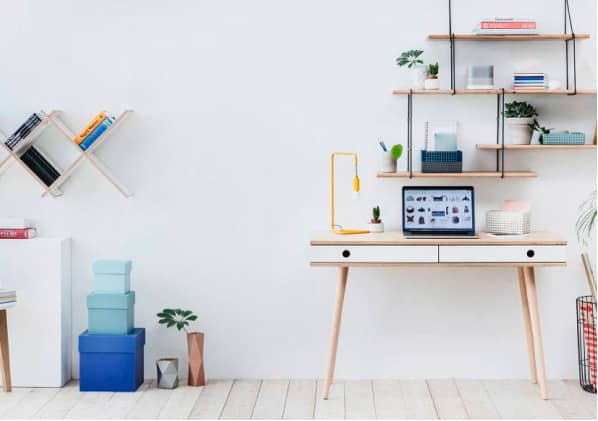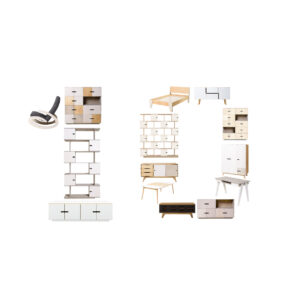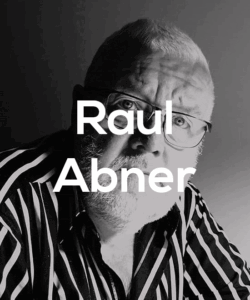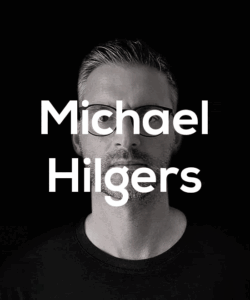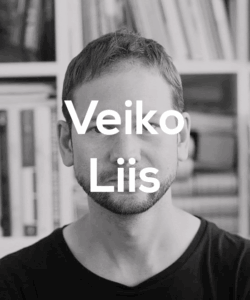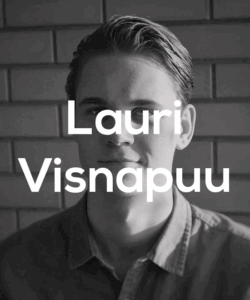Yes, Radis Furniture is 10 now! Whatta vibrant ride it has been. This year we have shipped our furniture to 21 countries: Finland, Sweden, Norway, Denmark, Great Britain, Germany, France, Austria, the Netherlands, Luxembourg, Belgium, Switzerland, Latvia, Malta, Italy, Spain, Portugal, Japan, South -Korea and of course Estonia.
Between our contemporary creation, we look back to our conversations between rigidity and adaptability of our functional pieces. To open encounters, we share shortly designers responses to blend gently into our celebrating mood.
Here is our time warp with designer Raul Abner
Early coffee. Downloaded fresh apps. Different technical achievements that his children have never heard of. Sketches on the edge of the notebook waiting to be transformed into the technical drawings folder.
Raul Abner: Even though I am retired, I still go to the workshop for “dusting” to stay fit. It’s also a friendly benefit over other creators that if I have an idea, I can realize it on short notice. And whatever the future might have for me in its sleeve, a classical notebook and a drawing folder welcoming me to scratch new fresh ideas. As thoughts are born unexpectedly, and unless you sketch them on paper as fast as possible, you may not re-think them in the same way again.
Raul Abner (photo Radis)
Sketching simply with designer and architect Michael Hilgers
Michael Hilgers: “It’s logical to work in the epicentre of plywood history”. As an Architect, I’m focused on the space that surrounds and influences us. I have designed a lot of plywood furniture before, mainly for german manufacturers- and always the material had to be imported from Scandinavia or the Baltic States. So it feels absolutely logical to team up with a company that is situated in the epicentre of plywood history, near to the origin of this beautiful material. I really liked the idea to see the plywood items I developed for Radis as a homage to the „form follows function“ idea- but maybe we should translate the „three f“ into a more contemporary „form fun function“: Today like in the 30ies we again need helpful items- but nowadays our products are also allowed to have an own identity, a unique shape which is emotionally charged.
Michael Hilgers (courtesy of the designer)
When things come translated into space – designer Veiko Liis, who had to forget the time in working seasons
Veiko Liis: I think things/objects created in the design process could help their users to understand their daily activities. What are their new challenges in life? What makes them happy or unhappy? What is their relationship with most of their surroundings? Being alone or with others, things around us are either supportive or vice versa to our meditation. Whether it’s a pencil, paper, a computer or a phone – its design affects us in any case. This is always a fixed value that cannot be changed at any moment. The environment around you affects you every step of the way. The biggest design is the personal (purchase) decision of each person to determine the quality of the environment around him.
If the laws of physics and the nature of the material provide you with a certain framework, then inside there is a certain playground that is absolutely free. So the greatest freedom is to interpret the forms that have already been seen in a new way or to use them differently in new situations. In this respect, the person situated at the centre of the design is the one who uses a piece or another in his everyday life. Taking people’s wishes and needs into consideration is the most delightful part of the design effort. Sometimes you are dealing with design issues that have not yet been revealed by the users of the product. It can mean that the driving force behind the design may be unconscious ideas about the needs of users or their subconscious desires. In design, my only freedom is to guess and interpret user needs as much as I can. Later on, by showing the newly created design to others, that reality check always appears in people’s eyes if they are shining or not. So, in this sense, you are not depending as much on engineering capabilities but on others, how they interpret your creation. Eventually, these things are gonna be theirs, that they wish to use every day.
Veiko Liis (courtesy of the designer)
Graceful artistry by designer Lauri Visnpuu – his first shots at designing an “actual” product
Lauri Visnpuu: I think that not much has yet changed after MESH, but it is definitely changing. The accelerating pace of technology and a diminishing number of qualified carpenters is probably changing the way how our furniture is being produced and how it looks. Also designers and manufactures should and will have to take measures to make manufacturing more sustainable. In my opinion technology and sustainability will be changing furniture designing the most.
I still consider myself a beginner designer. There’s quite a lot left to learn and improve on, which I enjoy.
Lauri Visnapuu (courtesy of the designer)
